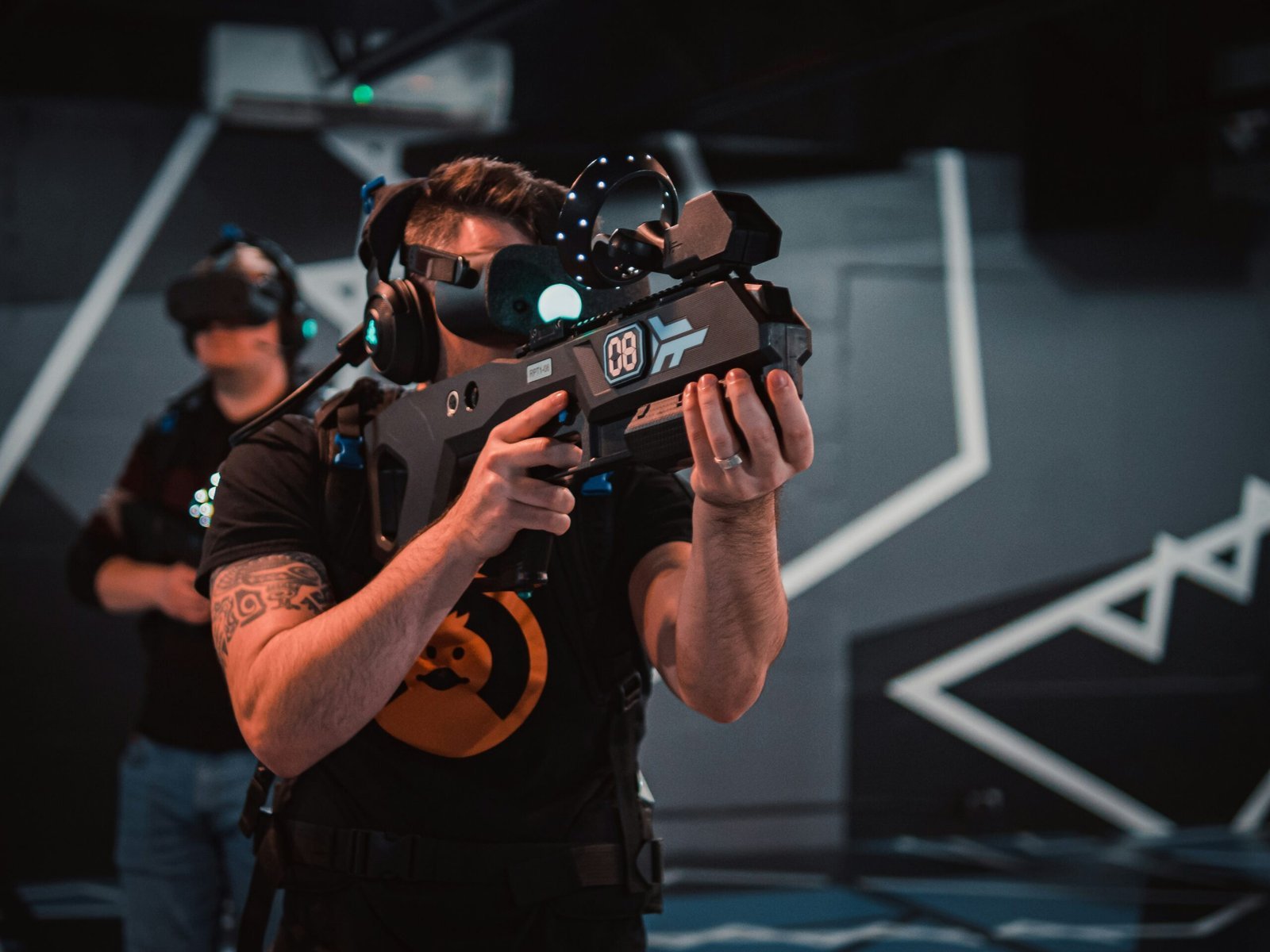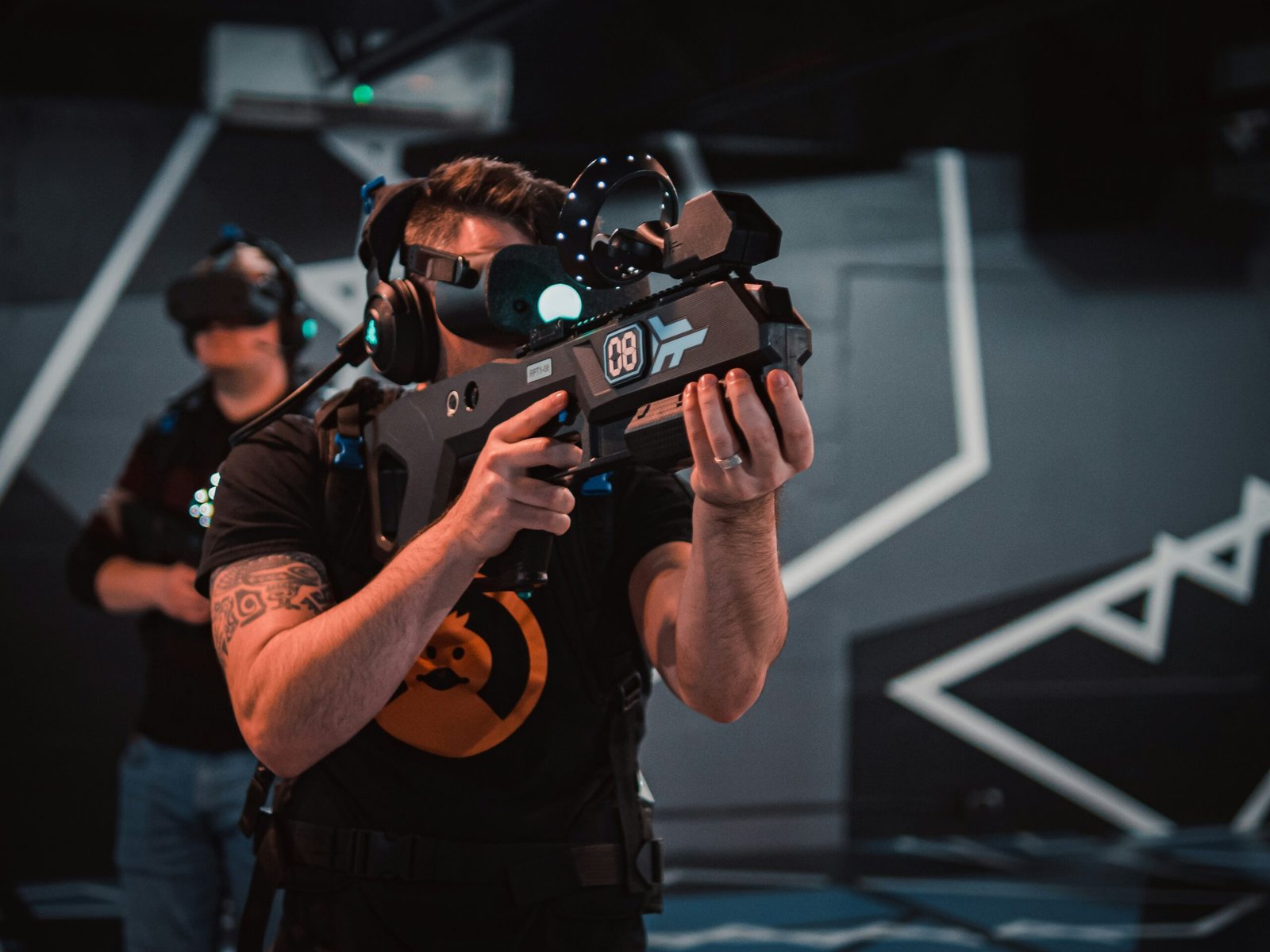Understanding FPS in PUBG
In the realm of gaming, particularly in competitive first-person shooters like PlayerUnknown’s Battlegrounds (PUBG), the term Frames Per Second (FPS) plays a pivotal role. FPS refers to the number of unique consecutive images that your graphics card can produce in one second. Generally, a higher FPS results in smoother and more fluid visuals, which is critical for gameplay performance. In PUBG, maintaining a high FPS can significantly influence the responsiveness of player actions as well as the clarity of visual elements within the game environment.
The importance of FPS becomes evident when considering player responsiveness. A higher frame rate allows for quicker reactiveness to in-game events, improving shooting accuracy and maneuverability. This can be particularly beneficial in tense situations when split-second decisions can determine the outcome of an engagement. For instance, if a player’s FPS drops significantly, their ability to react to opponents’ movements may be hindered, leading to a greater chance of being outmaneuvered in combat. Thus, an optimal FPS is essential for honing skills and achieving better performance in matchmaking scenarios.
As for what constitutes an optimal frame rate in PUBG, many players aim for a minimum of 60 FPS to ensure a competitive edge. Frame rates within the range of 60 to 144 FPS are commonly regarded as ideal by gamers, as they create a balance between performance and visual quality. Higher frame rates not only create a smoother gaming experience but also improve the overall gaming immersion, effectively enhancing visual fidelity and reducing motion blur. Moreover, understanding how frame rates impact various aspects of the game, such as shooting accuracy and reaction time, can empower players to optimize their settings for the best possible experience in PUBG.

Optimizing Settings for Higher FPS
To enhance the gaming experience in PlayerUnknown’s Battlegrounds (PUBG), adjusting in-game settings and computer configurations plays a pivotal role in achieving higher frames per second (FPS). The first step in optimizing performance is to modify the graphics settings within the game. Reducing the overall graphical quality can significantly increase FPS. Players should consider lowering texture detail, shadows, and anti-aliasing options, as these settings consume considerable resources. Cranking down the effects quality can also yield a substantial improvement in frame rates.
Another critical aspect to consider is screen resolution. While playing at a higher resolution may seem appealing, it often comes at the cost of lower FPS. A common recommendation is to run PUBG at a resolution lower than the native screen resolution, thereby achieving a better balance between visual quality and performance. In addition, utilizing a fullscreen mode rather than windowed mode can further enhance performance by reducing the workload on the graphics processor.
Keeping your graphics drivers updated is equally essential. Manufacturers frequently release driver updates that are tailored to optimize gaming performance. Therefore, checking for and installing the latest updates can lead to improved gameplay. Players should also be mindful of their system’s RAM and CPU performance. Closing unnecessary background applications can free up critical system resources, allowing PUBG to utilize more RAM and CPU power, which is essential for a seamless gaming experience.
To effectively monitor FPS in real-time, players can use in-game overlays or third-party software to display performance metrics. These tools help players identify which settings are benefiting their FPS and make informed adjustments accordingly. By continually fine-tuning settings based on these metrics, gamers can ensure they are maximizing the capabilities of their gaming rig for an optimal PUBG experience.
Hardware Upgrades for Enhanced Performance
To significantly improve your frames per second (FPS) in PlayerUnknown’s Battlegrounds (PUBG), upgrading various hardware components is essential. One of the most impactful upgrades is investing in a powerful graphics card. The graphics processing unit (GPU) plays a pivotal role in rendering high-quality graphics and ensuring smooth gameplay. When selecting a GPU, look for models that support the latest technology, such as ray tracing and AI-enhanced rendering, which can dramatically elevate your visual experience while maintaining competitive FPS rates.
In addition to the graphics card, faster RAM is a crucial component that impacts overall gaming performance. Standard RAM may hinder your system’s ability to manage complex textures and rapid background processes typical in PUBG. Upgrading to higher frequency RAM not only enhances load times but also improves multitasking capabilities, allowing your system to handle gaming demands more efficiently. It is advisable to aim for at least 16GB of RAM, as this ensures that your system can accommodate the game’s requirements without causing any slowdowns.
Another significant upgrade is transitioning from a standard hard drive to a solid-state drive (SSD). SSDs offer considerably faster read and write speeds, leading to reduced load times and quicker access to game files. This physical improvement translates into a much smoother gaming experience, allowing you to jump into matches without frustrating delays. Furthermore, SSDs can help decrease texture pop-in issues, which are common in open-world games like PUBG.
When planning hardware upgrades, it is also vital to identify any potential bottlenecks in your current system. A balanced approach ensures that all components work harmoniously to maximize FPS. This may involve assessing your CPU, power supply, and cooling solutions to ensure they align with your upgraded GPU and RAM. Upgrading these essential hardware components can lead to remarkable enhancements in your PUBG experience, enabling immersive gameplay with higher FPS settings.
Tips and Tricks from Pro Players
In the competitive arena of PlayerUnknown’s Battlegrounds (PUBG), the difference between victory and defeat can often lie in the subtleties of gameplay. Professional players have honed their skills through countless hours of practice, and their insights can provide invaluable guidance for enhancing your FPS experience. One common piece of advice from seasoned players is to prioritize your positioning. Being aware of your surroundings and choosing advantageous locations to engage enemies can significantly affect your chances of survival. For instance, utilizing high ground can provide a crucial tactical advantage during firefights.
Additionally, sound plays an essential role in PUBG. Many professionals advocate for high-quality headphones, as they can amplify audio cues that indicate enemy movements or vehicle approaches. One pro player noted, “In PUBG, you often hear enemies before you see them. Invest in good sound equipment to give yourself an edge.” This investment can transform how you perceive the game, giving you the upper hand in battles.
Another prevalent mistake among casual players is failing to manage their inventory effectively. Pro gamers often suggest the “one theme rule,” where players should carry specific items that support their chosen play style. For example, if you favor a sniping approach, ensure you have the necessary ammunition and healing items readily accessible. Proper inventory management can streamline your gameplay and allow for quicker reactions during critical moments.
Lastly, maintaining an optimal gaming environment is crucial. This includes ensuring that your hardware runs efficiently, minimizing background applications, and keeping your gaming space free from distractions. Professionals universally agree that a stable frame rate can make a significant difference in performance, providing players with smoother gameplay and quicker responses. By implementing these strategies and avoiding common pitfalls, you can significantly enhance your overall experience in PUBG.
